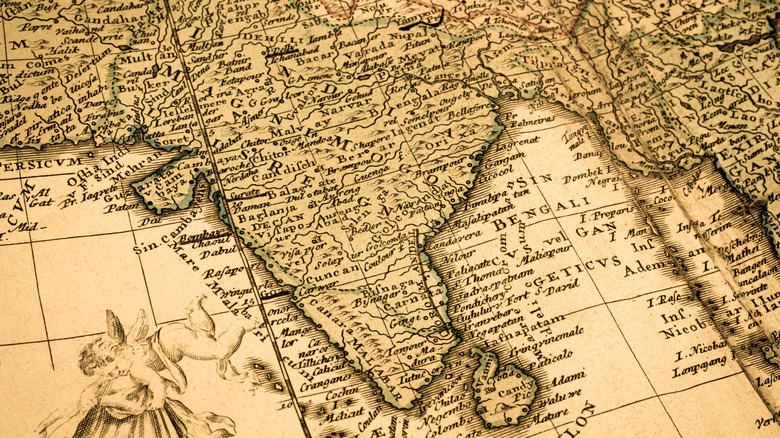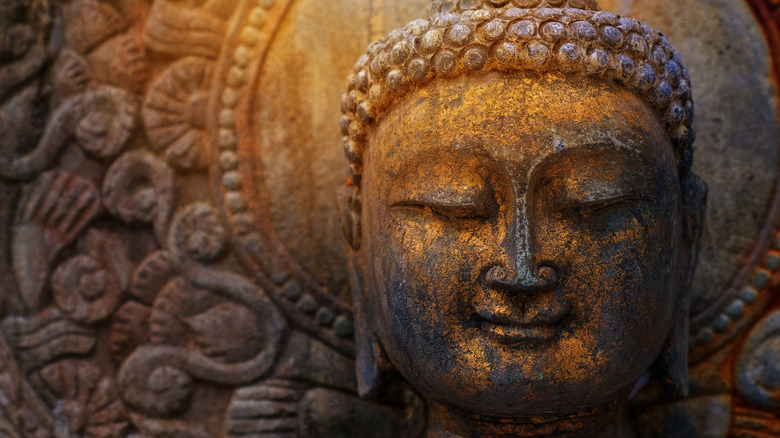What Ever Happened To The Indian Dynasty, Pushyabhuti?
The downfall of the Pushyabhuti dynasty began, like many mysteries, with a murder. The Pushyabhuti, also called the Vardhana dynasty, ruled part of northern India, near New Delhi and the modern state of Haryana, from about A.D. 500-647. The dynasty rose after the fall of the Gupta empire. Much of what is known about the dynasty comes from accounts by the court poet Banabhatta and the Chinese monk Hiuen Tsang, who visited the Pushyabhuti court in the seventh century (via World History Encyclopedia). However, there is little information about the early Pushyabhuti kings. The last Pushyabhuti king was Harshavardhana, who died childless after replacing his murdered brother on the throne.
The brother, Rajyavardhana, became king around A.D. 605 or 606. He fought valiantly against the Huns, the Later Guptas, and the kingdom of Gauda to the east. His enemies had captured his sister, whom he tried to save by killing the Later Gupta King Devagupta. Afterward, he was murdered on the orders of the king of Gauda, according to Banabhatta's account, "allured to confidence by false civilities on the part of the King of Gauda, and then weaponless, confiding, and alone, dispatched in his own quarters" (via World History Encyclopedia).
The reign of Harshavardhana
Rajyavardhana's brother, Harshavardhana, became king and swore revenge on his brother's killers, according to Banabhatta's account. He saved his sister, then allied with the king of Kamarupa. He regained territory from the kingdom of Gauda and conquered more land in northern India, creating his own empire that included most of the modern state of Uttar Pradesh and parts of others (via History Flame). His empire was decentralized and had a feudal-like system; his sister even ruled over one region, though he often acted in her name. Even though he was warlike, Harshavardhana was also pious, following Mahayana Buddhism and often giving alms to the poor. He was also a patron of the arts (via World History Encyclopedia).
The dynasty came to an end when he died without an heir in A.D. 647. One of his ministers seized power but was later captured by the Chinese. Harshavardhana's allies divided up most of his land amongst themselves. Still, a sense of unity among northern Indian territories remained, and Harshavardhana's capital of Kanyakubja (modern-day Kannauj) became an administrative and political center for generations (via World History Encyclopedia).

